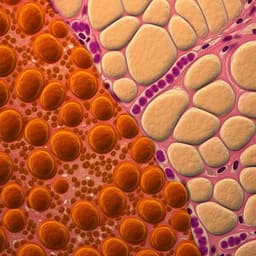
Physics
Entanglement-enhanced matter-wave interferometry in a high-finesse cavity
G. P. Greve, C. Luo, et al.
Discover groundbreaking advancements in matter-wave interferometry as Graham P. Greve, Chengyi Luo, Baochen Wu, and James K. Thompson demonstrate the use of 700 entangled atoms, achieving unprecedented sensitivity below the standard quantum limit! This innovative research opens doors to potential applications in enhanced inertial sensors and beyond.
~3 min • Beginner • English
Related Publications
Explore these studies to deepen your understanding of the subject.







